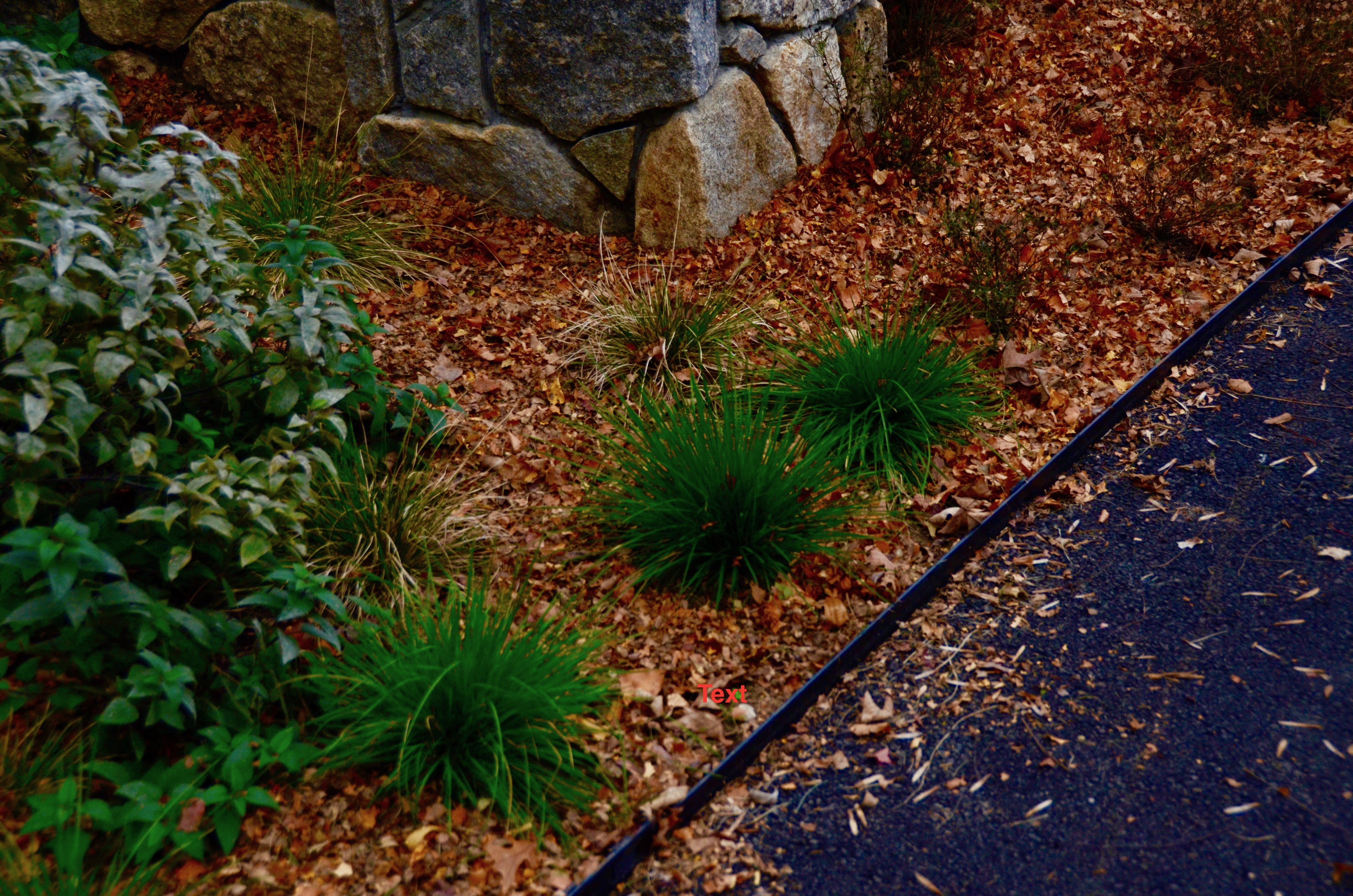FIVE THINGS TO DO WITH FALL LEAVES

 Fall leaves – beautiful, but in days gone by serious work to clear from your lawn. Now we know better. Fall leaves are not only a gift of beauty, but also a great way to return nutrients to our yards and gardens. Five things to do with fall leaves:
Fall leaves – beautiful, but in days gone by serious work to clear from your lawn. Now we know better. Fall leaves are not only a gift of beauty, but also a great way to return nutrients to our yards and gardens. Five things to do with fall leaves:
1. Mulch them into your lawn
They return nutrients to your lawn, and boost the lawn with good bacteria and fungi. They don’t cause thatch. Overfertilizing causes rapid, weak, growth that leads to thatch. A mulching mower makes this really easy. Our mower has blades that recirculate the leaves chopping them up so the lawn looks beautiful when it is mowed. No raking, no blowers.
2. Use leaf mulch to mulch your flower garden beds
This is free, and really easy because mulched leaves are so light weight. Keep the mulch layer light, if it is several inches deep the chipmunks will have a field day burying nuts in your garden. The leaf mulch keeps the soil between plants covered. That prevents erosion and protects good soil bacteria from frigid weather. Of course, the leaves also add nutrients and boost good bacteria. To mulch the leaves up into small enough pieces mow them into a pile and go back and forth over them in different directions several times. Leaf mulch is a different look than pine bark, but we have grown to like it better. The leaves get darker over the season. In the spring they will suppress weeds between your perennials and then disappear as your perrenials grow to cover them.
3. Use leaf mulch on your garlic bed and raised vegetable garden beds
This is the time of year to plant garlic. But you don’t want the soil in your garlic bed uncovered all winter. Protect it and feed your garlic with a good layer of leaf mulch. I plant onion starts now as well as in the spring so that I have onions from early spring straight through the summer. I mulch them in heavily in my fenced vegetable garden. Cover crops work well on resting raised beds, and so does leaf mulch, for all of the reasons mentioned above.
4. Compost extra mulched leaves
Where tree cover is heavy and the mulched leaves would really cover the grass and not let the sun in, use them in your compost pile. And no, you won’t find more ticks in your compost.
5. Heavy layers of mulched leaves can be used where you have weeded to suppress weeds
However, heavy layers of leaves are also an invitation to mice, and mice carry ticks. Leaf piles next to stone walls are particularly attractive to mice.
WHAT YOU DON’T WANT TO DO WITH FALL LEAVES:
1. Let them pile up in a wetland or wetland buffer
Leaves, and degrading leaves, can wash into streams and ponds where they add excess nutrients that cause over-abundant algae growth.
2. Leave them where they will wash into roads and catch basins
They clog up the catch basins and drains, and wash into the waterways adding phosphorous and nitrogen.

